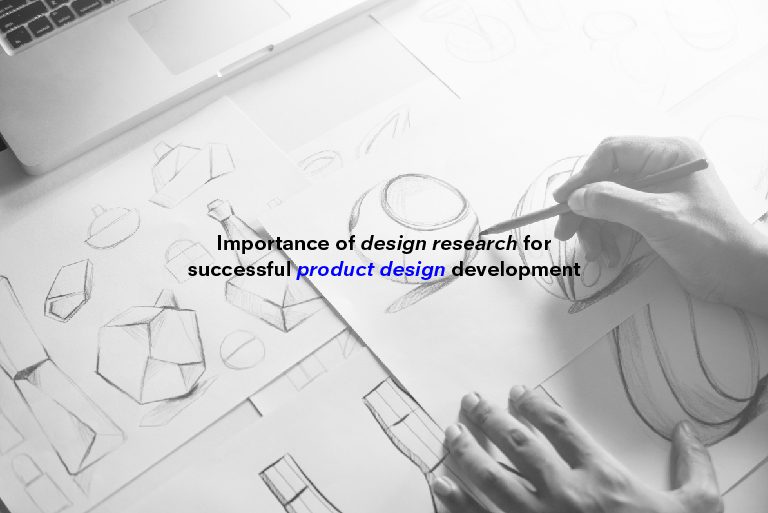Each design process requires designers to systematically gather information, analyse it to gain insights into user needs, preferences, and behaviours. This involves methods like user interviews, surveys, observations, usability testing to understand the target audience.
Design research aids designers to create user-centric designs with innovative solutions for the planet. It helps to ensure that the final product meets users’ expectations and addresses their pain points. Further helps to mitigate risks, supports data-driven design and decisions, enhances user experience, and drives innovation leading to a successful product design and development.
Also read: Key considerations for visually intuitive design
Let’s dive into where all the importance of design research is visible in the design and product development process:
User understanding
Design research helps to reveal user insights by understanding the user’s needs, desires, and behaviours. It uncovers valuable information about target audiences, their preference, issues faced and pain points. By gaining a deeper understanding of the user and the target audience, designers create a product that addresses a real need of the user there by increasing its success rate in the market.
Making informed data -driven decisions
Research is a crucial part for designers to make informed data driven decisions. With the help of technology today, designers can take advantage of the niche data insights of their target audience to identity design opportunities and make informed choices. Research-driven and tech driven data insights today act as a strong guide for designers to create intuitive and user-friendly interfaces.
Driving Innovation
One of key traits of research driven by various technologies today is its ability to uncover niche and category wise detailed aspects that help to bring out emerging micro-trends and forecast user expectations based on their past behaviour. It inspires designers to think outside the box and develop innovative solutions. Data-driven insights help designers to comprehend the micro trends – to further design niche aspects in their design development process that are meeting the evolving demands.
Also read: How to make use of AI for type design
Reducing risk
A key element of why research is crucial in not just design, but many sectors is its ability to help mitigate risks. In a design process, when a designer becomes aware of the users’ needs and preferences and runs extensive tests to make necessary iterations as necessary, he/she can minimize the likelihood of developing products that fail to resonate with users. A research-driven design decision leads to a higher probability of product success and market acceptance.
Enhancing user-experience
A design research enables designers to create products that offer users a seamless experience. With an understanding of the user behaviour, their pain points, expectations – designers can optimize the usability and functionality of the products. Making them user-centric with a humanity centric design approach will help them to build products with improved customer satisfaction and increased loyalty.
Also read: Embracing Voice UI as the future of user experience design
Validating and finalizing on design concepts
A well done research will help designers to validate their design concepts, ideas, and process. With user-feedback and insights gathered during research, designers can refine their design solutions and work on an iterative process to ensure that the final product meets user expectations to align with their needs.
This is also where market validation comes into picture for the said product. By testing the product with real users and making necessary iterations – designers are assessing market viability and aligning their product user expectations.
Supporting data-driven design
One part of research in design is how it provides designers with empirical data to support their design decisions. With relevant data and evidence, designers can create products with a higher acceptance that fulfils a need offering further a higher probability of success. Data-driven design leads to a more effective problem-solving and enables designers to measure the impact of their design decisions.
Read here: Most popular chatGPT AI prompts for designers
Cost-saving and efficient design
How? When design research is done right, it helps designers to identify potential issues with design, find the user paint points and streamlining the design process. Addressing usability concerns, product flaws from inclusivity and accessibility viewpoint or design challenges before development – designers can save time, resources spent on building the product and costs associated with the rework and re-design.
User needs and expectations hence play a key role in defining the success of a product therefore should be crucial component of designers work to understand in their design research. It will help them to eliminate re-working on the design saving cost, time and resources. With data-driven design, designers can be empowered to create products that truly resonate with their target audience.



Want to Become a Designer ?
Strate is a unique design school that nurtures your talents as a designer by offering state-of-the art designing courses in Bangalore.
Join Strate